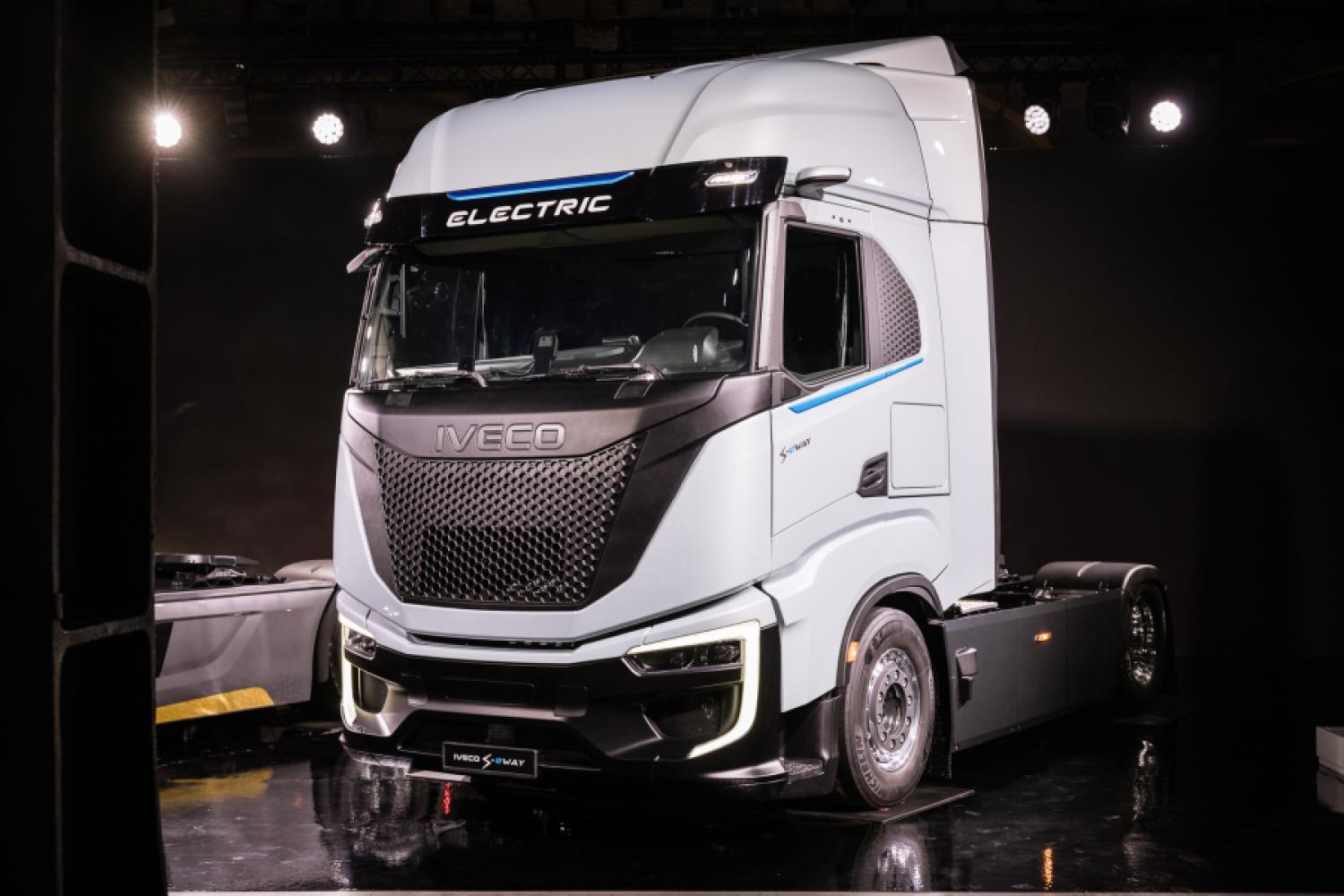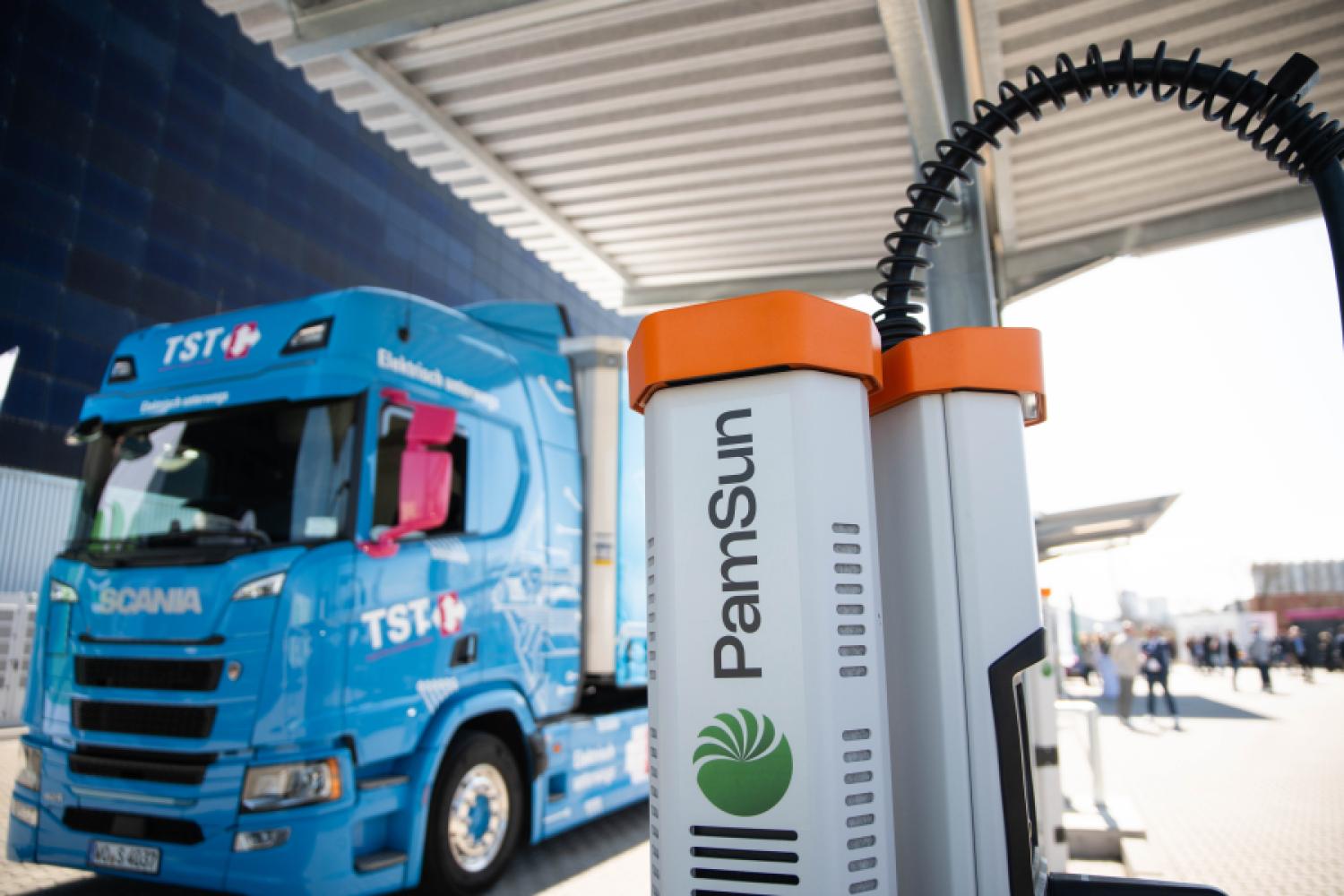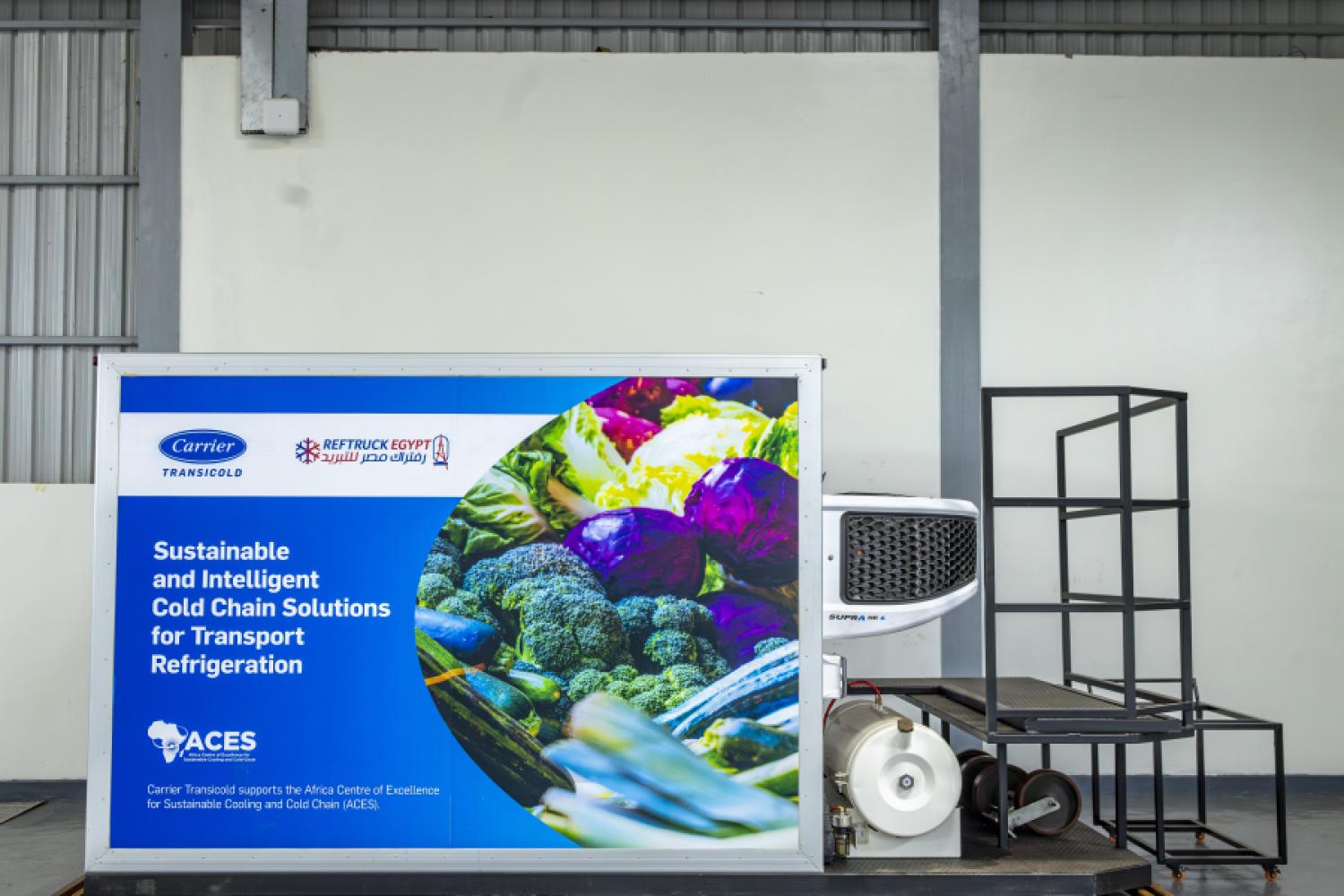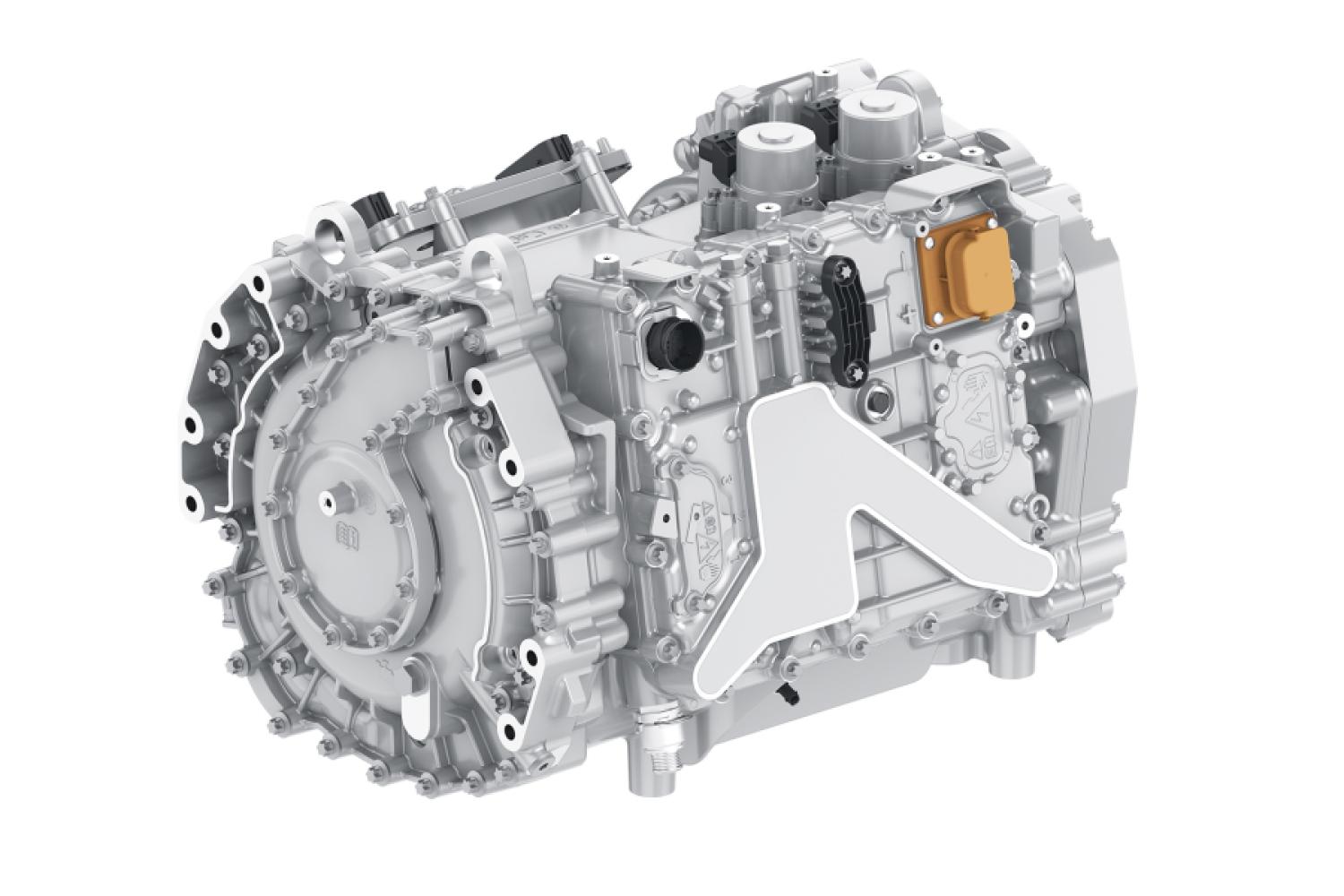The European Union's "End-of-Life Vehicles" dossier remains a critical point for commercial vehicle manufacturers: Although the European Parliament's committee made progress on future end-of-life vehicle regulations on July 7, 2025, truck and bus manufacturers, in particular, feel disproportionately burdened. The European Manufacturers' Association ACEA pointed this out in a recent announcement.
Recycling Targets: Progress on Pre-Consumer Plastics
The aim of the planned regulation is a more efficient circular economy in the automotive sector. The focus is on the management of vehicles at the end of their life, particularly with regard to the recovery of valuable and critical raw materials.
In this context, ACEA welcomes the parliament’s decision to allow pre-consumer plastics—materials that arise during the production process—to be counted towards the recycling rate. This is an important step to make the targets realistic and compatible with current production
conditions.
At the same time, the association calls for a gradual approach to implementation. The market currently does not have sufficient quantities of high-quality, safe, and automotive-grade recycled plastics.
Criticism of Manufacturer Obligations in the Commercial Vehicle Sector
ACEA expresses sharp criticism regarding the impact of the planned regulation on commercial vehicle manufacturers. They are reportedly exposed to legal and financial risks since they could be held liable under the disposal responsibility for bodies they neither manufactured nor put on the market.
In practice, this mainly concerns the bodies of trucks and buses, which are often built by third parties but arrive together with the vehicle at authorized treatment facilities (ATFs). According to ACEA, this results in uncertainty regarding responsibility for dismantling and disposal, leading to legal uncertainties and potential additional costs for manufacturers.
ACEA advocates that bodies—like
trailers or other load materials—not fall under extended producer responsibility (EPR). This is to prevent legal loopholes and uncertainties in the treatment process and to fairly distribute costs.
"The Parliament has made remarkable progress, especially concerning recycled content," said Sigrid de Vries, Director General of ACEA. "But the overwhelming legal and financial risks unjustifiably imposed on truck and bus manufacturers are a serious problem at a time when the sector's competitiveness is at stake."
Sigrid de Vries emphasizes in conclusion:
"Today's vote in the European Parliament's committee on the End-of-Life Vehicles dossier was a step towards a more pragmatic regulation, but serious concerns remain about the unreasonable burden on truck and bus manufacturers."
Assessment by the EU Commission: Figures and Regulatory Plans
According to the European Commission, over six million vehicles reach the end of their life each
year in the EU. About 3.5 million of these vehicles are considered "missing vehicles"—meaning they are not correctly registered or processed, leading to a significant loss of valuable raw materials like aluminum or rare earths. Non-transparent supply chains and lack of traceability, especially regarding exports, are also considered a high risk.
The revised EU regulation is set to include not only passenger cars but also motorcycles, trucks, buses, and special vehicles in the future. Other planned requirements include:
- Minimum quotas for recycled plastics (pre- and post-consumer)
- Design-for-recycling specifications (e.g., easy disassembly)
- Establishing an EU-wide digital vehicle database for traceability
- Involving manufacturers in the return processes through EPR
Currently, about 85 percent of vehicle weight is recovered according to EU data. The new regulation aims to significantly improve not only the quantity but also the quality and reusability of






